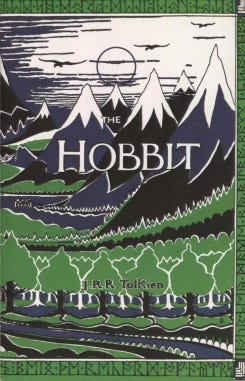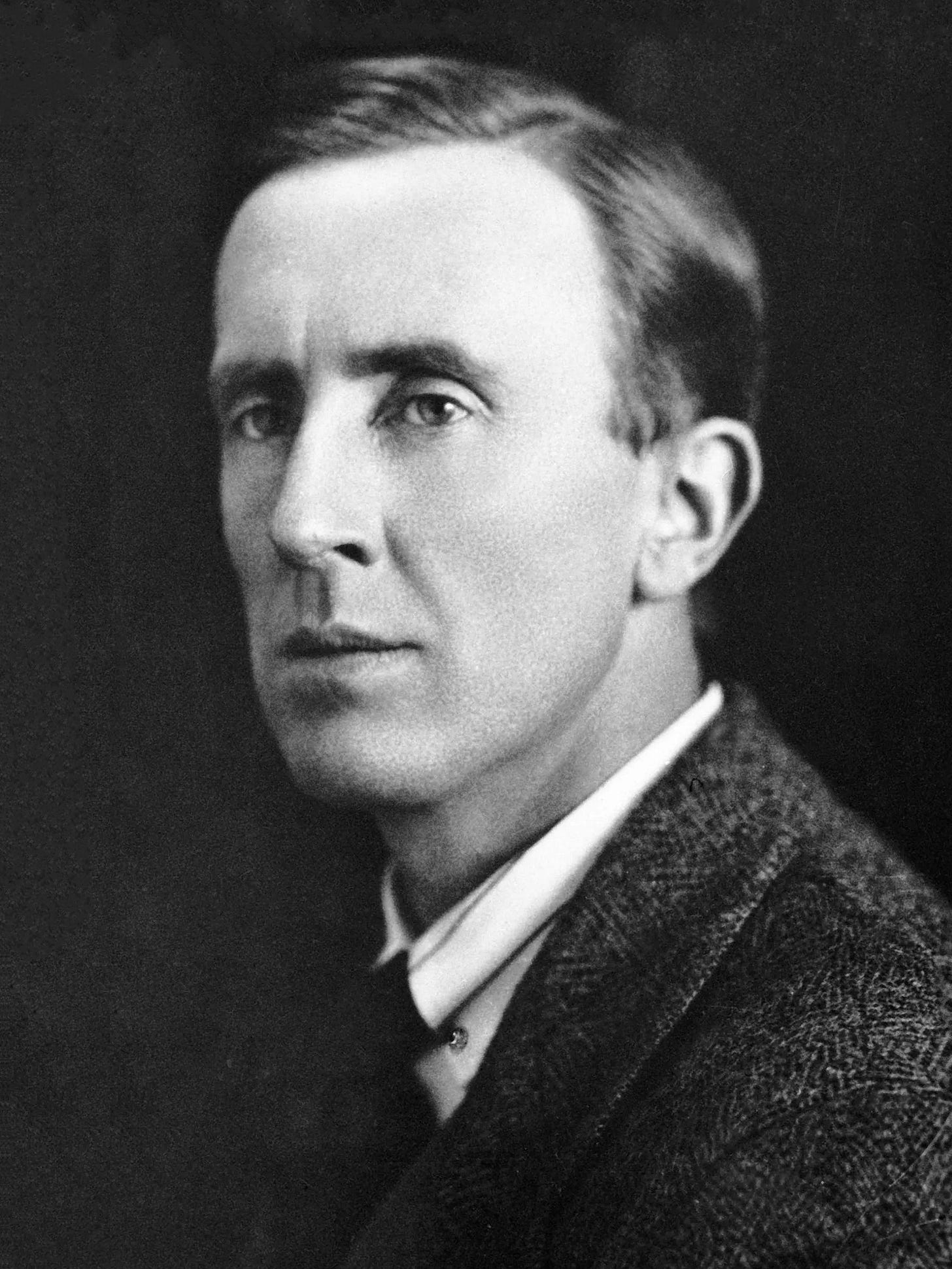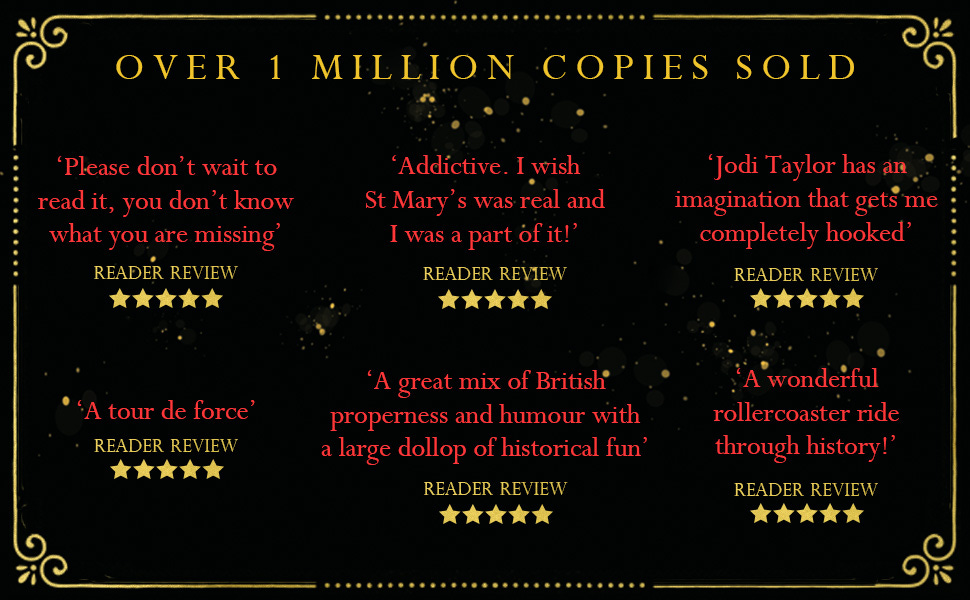The Hobbit and the Birth of Modern Fantasy
Today in History – 21st September 1937
On 21st September 1937, a small volume titled The Hobbit, or There and Back Again made its quiet debut in British bookshops. Its author, J.R.R. Tolkien, an Oxford academic with a passion for ancient languages and myth, likely had modest hopes for its success.
Yet this charming tale of dragons, dwarves, and a reluctant adventurer named Bilbo Baggins would soon become a literary milestone—one that sparked the modern fantasy genre, influenced generations of writers, and introduced the world to the rich, immersive realm of Middle-earth.
The origins of The Hobbit are famously humble. Tolkien began writing the story in the early 1930s as a tale for his children. Legend has it that while marking student exam papers, he scribbled down the fateful line:
“In a hole in the ground there lived a hobbit.”
What followed was a delightful and deeply layered adventure. Bilbo Baggins, a creature of comfort and routine, is swept away on an epic journey by thirteen dwarves and the wizard Gandalf. Their goal: to reclaim their ancestral treasure from the fearsome dragon Smaug.
Set in an exquisitely imagined world of elves, trolls, goblins, runes, and songs, the novel reflected Tolkien’s scholarly background in mythology, Norse legend, and philology (the study of language in written historical sources). It was both fresh and timeless—steeped in ancient lore, yet accessible to children and adults alike.
Upon publication by George Allen & Unwin, The Hobbit was met with enthusiastic reviews. The Times Literary Supplement praised it as “a fine story for children and adults alike,” and it quickly became a bestseller. The book’s commercial and critical success prompted the publisher to ask for a sequel—one which, over the next two decades, evolved into Tolkien’s monumental The Lord of the Rings.
The novel’s illustrations, drawn by Tolkien himself, added a personal charm that further drew readers into the story’s rich landscape of mountains, forests, and dragon-guarded halls.
Before The Hobbit, fantasy was rarely considered serious literature. Fairy tales were for children, and mythological works existed outside the mainstream. Tolkien changed all that. His world-building—complete with invented languages, detailed histories, and a map to guide the reader—introduced a new model for storytelling that would influence authors and publishers for decades to come.
Writers such as C.S. Lewis, Terry Pratchett, Philip Pullman, and George R.R. Martin have acknowledged their debt to Tolkien. His impact can also be felt across film, television, and gaming, where the tropes he popularised, reluctant heroes, dark lords, quest narratives, remain foundational.
Nearly 90 years after its first publication, The Hobbit has lost none of its charm. It has been translated into over 50 languages, sold millions of copies, and inspired films, radio adaptations, and academic study. Its themes, courage, friendship, adventure, and the power of the individual, continue to resonate with readers of all ages.
But perhaps its greatest legacy is that it ushered in a new literary genre, gave birth to a vast fictional universe, and changed the way we imagine fantasy itself. Bilbo’s journey was, in truth, just the beginning. And for countless readers since, that first step “out the door” has led to a lifelong love of storytelling, imagination, and the worlds that lie just beyond the page.
“So comes snow after fire, and even dragons have their endings.”
— J.R.R. Tolkien, The Hobbit
CLICK HERE to read more History and Happenings articles.
If you love history, then you’ll love The Chronicles of St Mary’s series by Jodi Taylor.






Always happy to read well written praise of JRRT.
Have you been in "The Eagle and Child" (known locally as "The Bird and Bastard") in Oxford where the Inklings met?